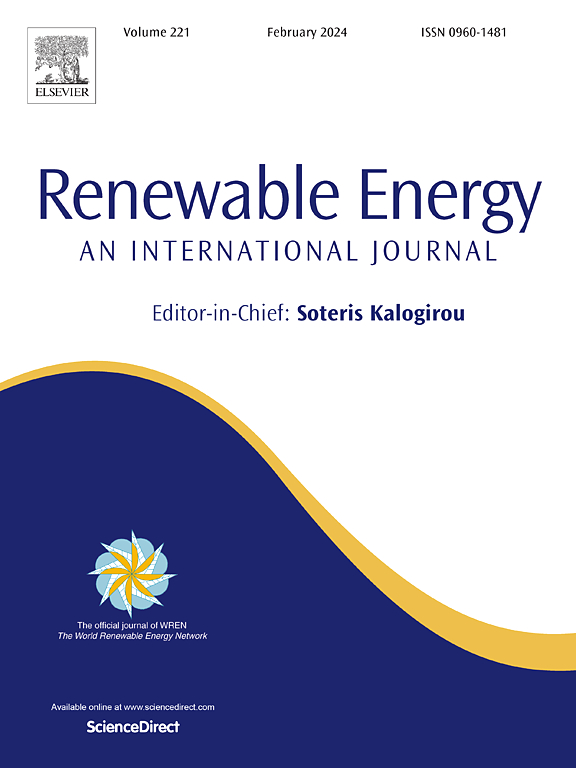基于参数模拟的多气候条件下静态和动态遮阳技术的设计与应用优化
IF 9
1区 工程技术
Q1 ENERGY & FUELS
引用次数: 0
摘要
高效遮阳是实现节能的重要渠道。静态和动态遮阳技术多样而复杂,但使用不当会导致额外负担。本研究探讨了多种气候条件下的遮阳设计和应用。通过单参数和多参数模拟,获得遮阳参数的最佳节能设计,并阐明遮阳设备在气候适应性方面的差异。结果表明,对于百叶遮阳设计,高纬度城市采用较大的窗户和较宽的板条可以更好地控制低角度的太阳光,而低纬度城市则需要较小的窗户和较大的遮阳角度来控制高强度的太阳辐射。在自适应遮阳设计方面,炎热的城市应在小窗的基础上采用较低的相变温度,而凉爽的城市则应采用较大的窗户,且相变刺激相对较难。在应用方面,热致变色自适应窗(TAW)的能耗性能最好,其次是冷激跟踪百叶遮阳窗(CLSW)和静态百叶遮阳窗(SLSW),而跟踪百叶遮阳窗(TLSW)的能耗始终最高。TLSW 和 TAW 的能耗差异高达 8-14.5 kWh/m2。这项研究有望从双向角度阐明遮阳策略的设计和应用。本文章由计算机程序翻译,如有差异,请以英文原文为准。
Design and application optimization of static and dynamic shading technologies in multi-climate based on parameter simulation
Efficient shading is an important channel to realize energy savings. Static and dynamic shading technologies are diverse and complex but improper use can lead to additional burdens. This study explores the design and application of shadings in multiple climates. Single-parameter and multi-parameter simulations were carried out to obtain the best energy-efficient design of shading parameters and to clarify the differences in climate adaptation of shading devices. Results show that for louver-shading design, high-latitude cities with larger window and wider slats can better control low-angle sunlight, while low-latitude cities need smaller window and larger shading angle to control high-intensity solar radiation. For adaptive shading design, hot cities should adopt lower phase change temperature based on small windows and cooler cities should adopt larger windows and it is relatively difficult to stimulate phase change. For application, thermochromic adaptive window (TAW) has the best energy performance, followed by cooling-excited tracking louver shading (CLSW) and static louver shading window (SLSW), while track louver shading window (TLSW) consistently consume the most energy. The difference in energy consumption between TLSW and TAW is as high as 8 to 14.5 kWh/m2. This study is expected to clarify the design and application of shading strategies from a bidirectional perspective.
求助全文
通过发布文献求助,成功后即可免费获取论文全文。
去求助
来源期刊

Renewable Energy
工程技术-能源与燃料
CiteScore
18.40
自引率
9.20%
发文量
1955
审稿时长
6.6 months
期刊介绍:
Renewable Energy journal is dedicated to advancing knowledge and disseminating insights on various topics and technologies within renewable energy systems and components. Our mission is to support researchers, engineers, economists, manufacturers, NGOs, associations, and societies in staying updated on new developments in their respective fields and applying alternative energy solutions to current practices.
As an international, multidisciplinary journal in renewable energy engineering and research, we strive to be a premier peer-reviewed platform and a trusted source of original research and reviews in the field of renewable energy. Join us in our endeavor to drive innovation and progress in sustainable energy solutions.
 求助内容:
求助内容: 应助结果提醒方式:
应助结果提醒方式:


